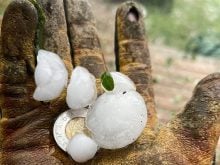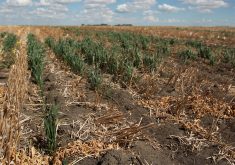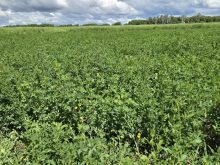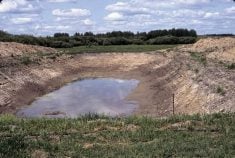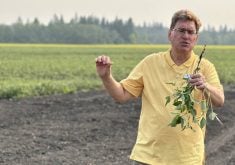Record payments were made to producers who participated in the Saskatchewan forage rainfall insurance program this year.
The governments of Saskatchewan and Canada announced Sept. 5 that $60.4 million was paid in 17 forage risk zones. Most payments were made in the southwest and west central parts of the province after drier than normal conditions.
Saskatchewan agriculture minister David Marit said in a news release that more than 90 percent of insured acres enrolled in the program received a payment. Those payments were issued Aug. 18.
Read Also

Research looks to control flea beetles with RNAi
A Vancouver agri-tech company wants to give canola growers another weapon in the never-ending battle against flea beetles.
“We are seeing this program respond to producers’ needs where precipitation shortages result in feed and pasture shortfalls,” he said. “I encourage producers to continually reassess options available through the full suite of business risk management programs.”
Weather-based claims are calculated automatically based on information from the weather stations that producers selected for their insurance.
Fire insurance remains in place on those acres until March 31, 2024.
Federal agriculture minister Lawrence MacAulay said BRM programs are in place to provide some stability against income and production loss.
“This record high level of payments to producers is a testament to the need for, and value of, the AgriInsurance program,” he said.
Contact karen.briere@producer.com







